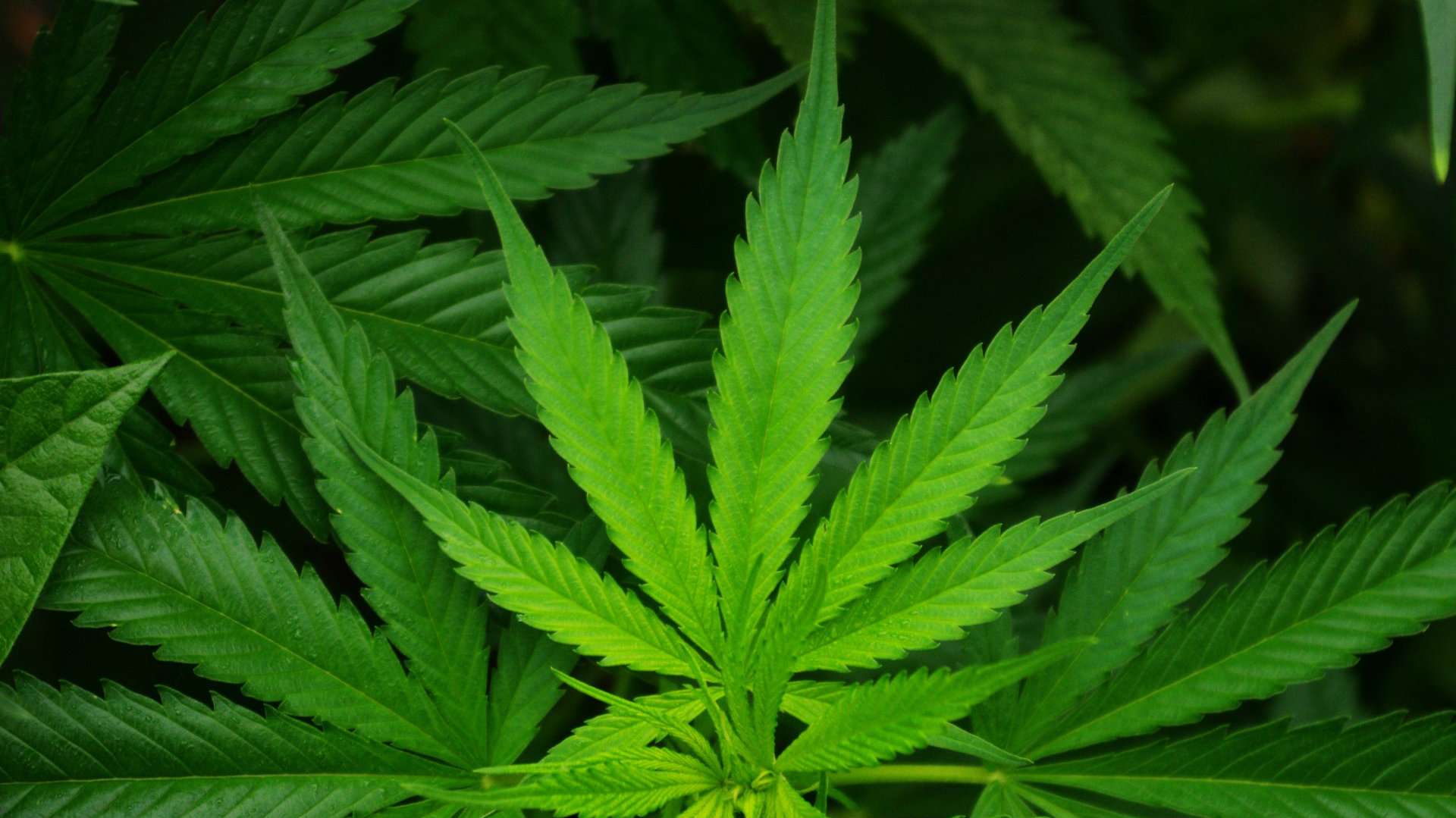After decades of anticipation, years of preparation, and months of non-stop news coverage, the big day is finally upon us.
Marijuana is finally legal in Canada.
Millions of Canadians are celebrating, including those who don’t use the drug but feel unnecessarily harsh anti-drug laws have put thousands of undeserving criminals behind bars. Others feel the opposite way. They think encouraging the long-term use of a mind-altering substance will open up a whole new can of worms.
Love it or hate it, pot is legal in Canada. As investors, we don’t care much about marijuana’s moral implications. We just want to make money.
Here are some things investors should know about the sector as it stands today.
Shortages abound
Long lines at stores and product shortages will likely dominate the headlines, at least for the first few weeks.
Take Alberta as an example, my home province. Only 17 stores will open their doors today, with 11 of those locations in the Edmonton area. Just two are located in Calgary. The next few weeks will be a good time to own a pot shop in Alberta, assuming they can get the product.
This brings me to the other shortage expected. Many analysts are predicting Canada’s largest pot growers (like Canopy Growth (TSX:WEED)(NYSE:CGC), Aurora Cannabis (TSX:ACB), and Aphria (TSX:APH)) simply won’t have the product available to meet demand. One study said legal pot may only be able to supply 30-60% of demand in the first year.
It’s easy to see why. Sure, these companies are awash with new capital provided by investors looking for exposure to the next big thing. But growing marijuana takes time. A company needs knowledgeable employees, the right growing and warehouse space, and a sales network built from scratch. Plants also take time to grow.
Too many shops
Growing marijuana is a complex endeavour that takes a certain amount of expertise. Selling pot is much easier. This, combined with all the buzz surrounding the sector, ensures a steady supply of entrepreneurs will at least be interested in selling the drug.
Look for the initial shortage of retail locations to reverse itself over the next year as governments across Canada work through a deluge of applications. Large retailers will want to enter the sector, too. These businesses can survive years of losses from their marijuana operations, which would be subsidized by profits from other divisions. Your average entrepreneur can’t.
The next step might be even bigger
The cannabis market as it stands today has potential to be huge. But the next few years could see it get even bigger.
As it stands today, marijuana shops are limited to selling cannabis itself. They cannot sell any edibles with marijuana in them or any cannabis-infused drinks. This looks likely to change about a year from now, but nothing is set in stone. The law hasn’t been passed yet.
Of course, there’s nothing stopping users from buying their marijuana and creating their own edibles. They just can’t sell them.
There’s a huge market of consumers who might be interested in trying marijuana but have no interest in smoking it. Decades of anti-cigarette marketing has drilled a “smoking is bad” message into a whole generation. But these folks just might try a special brownie.
Legal marijuana needs these people to help vault it into a market that compares to alcohol.
The bottom line
It’s an exciting time to be a marijuana investor. But it’s also a little bit scary, too. Issues such as shortages will impact the industry in the short term. How will things work out over the next decade? We really don’t know, which is part of the fun. One thing is for sure: legal pot will definitely have a lasting impact on Canada’s economy.








